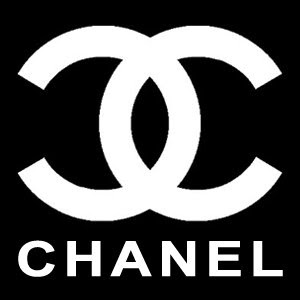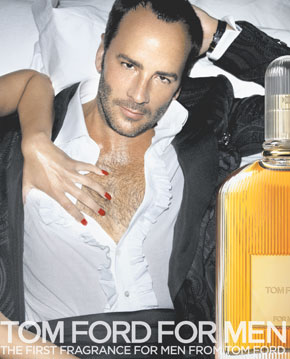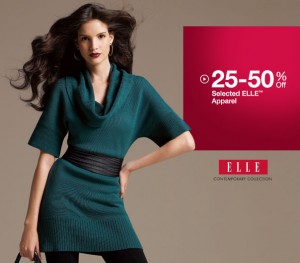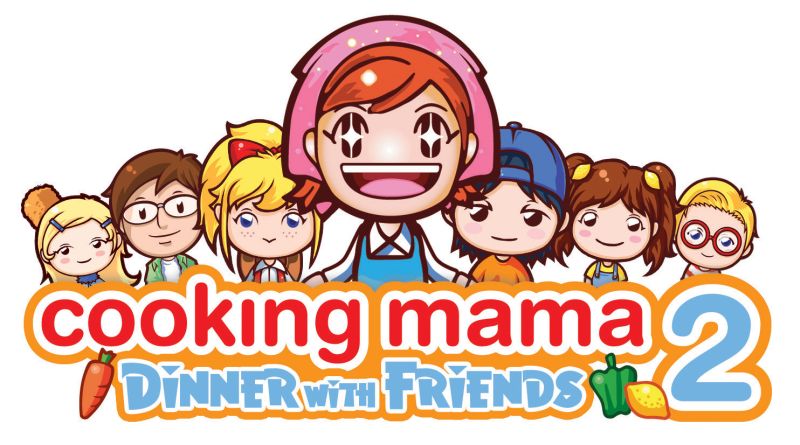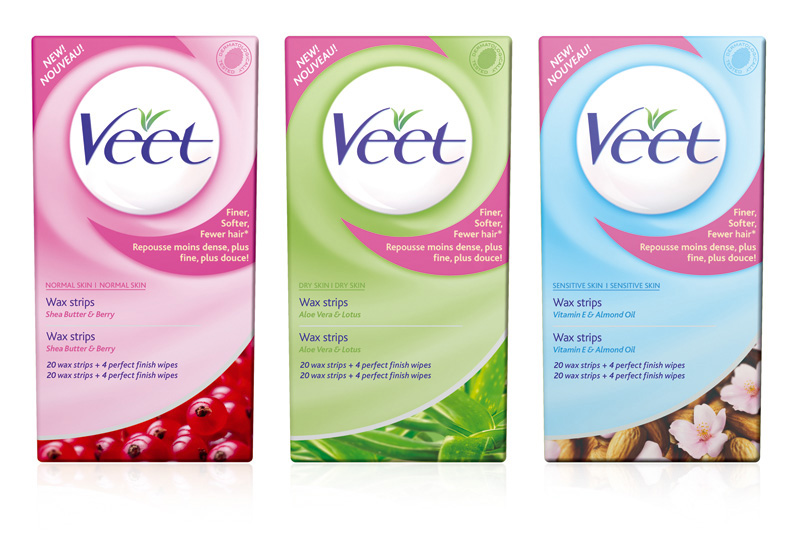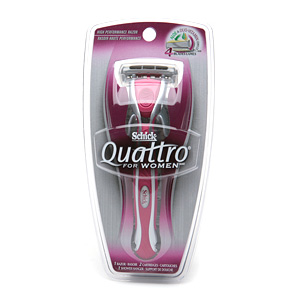One sales promotion is to give out free samples when a new product comes out to create awareness. Following the AIDA model, the first step is to create awareness; the word that people love a lot is “FREE”; therefore, giving free samples will stir up brand awareness. The example that I will talk about is Secret’s body spray line. I remember that it first came out about six years ago. The first time I ever encountered these body sprays was when I was with a friend at Oakridge. There was a woman with huge, HUGE bags of these body spray samples (which were miniature versions of the actual size of the body spray cans.) She was just handing out the cans of body spray to everyone who walked by. Since there were four different scents, some people asked for 2 or 3 cans. It didn’t take long until that woman finished handing everything out.

The appealing designs and the refreshing and new scents of these body sprays gradually created brand awareness for Secret. After people got those free samples, they would at least have aided recall of Secret the next time they are at a grocery store shopping for body spray. Since the designs for these body sprays are young and active, it definitely created interest for younger people, who thought these body sprays were desireable. Eventually, these body sprays’ sales took off. This is one example of a successful sales promotion using free samples!


